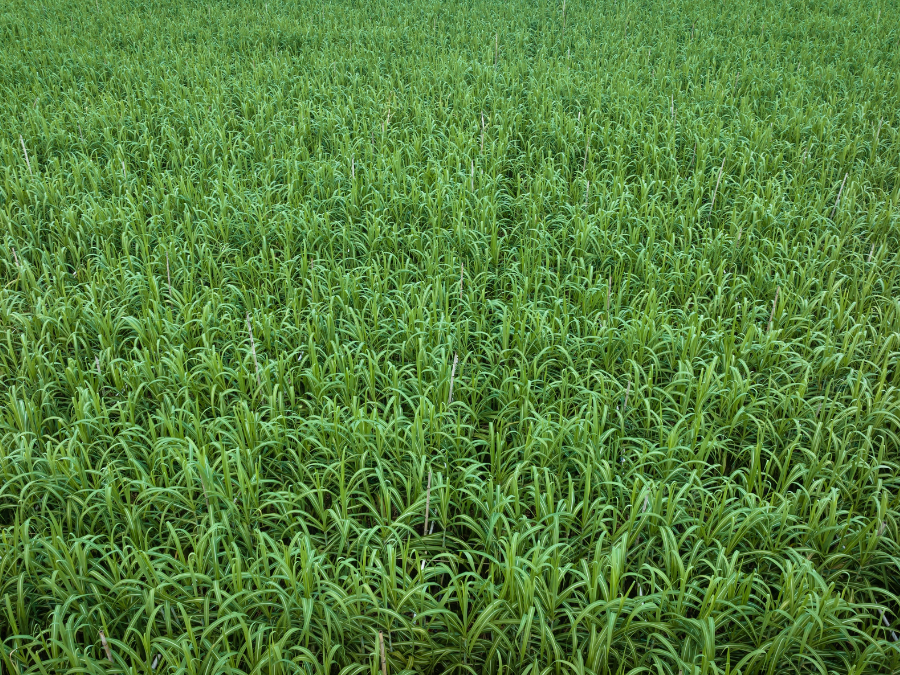Global food commodity prices held at a 31-month low in November as a drop in the cost of cereals and meat was offset by a rise in vegetable oils and dairy.
The Food and Agriculture Organization of the United Nations (FAO) reported today (8 December) that its index tracking five food commodities was unchanged last month at 120.4. The October reading, initially positioned at 120.6, was revised to the same level as November’s, but remained at the lowest since the 119.2 registered in March 2021.
Compared to November last year, the FAO Food Price Index was 10.7% lower having reached an all-time high of 159.7 in March 2022.
Cereals prices fell 3% on a month-on-month basis and were down 19.4% from November last year, the FAO reported. The retreat in the cereals index component of the FAO Food Price Index - to 121 - was led by a 5.6% decrease in global prices of “coarse grains”.
“The decline was dominated by a sharp fall in world maize prices, underpinned by an increase in farmers’ selling activity in Argentina and downward pressure from seasonally higher supplies in the United States of America, where the production estimate was revised upwards,” the FAO explained.
Meanwhile, the price of vegetable oils halted a three-month run of declines with the FAO index for the category, resting at 124.1 in November. That represented a 3.4% increase from October’s reading but was down 20% from last year’s November level.
“The increase in the price index was driven by higher world palm and sunflower oil prices, more than offsetting lower soy and rapeseed oil quotations,” the FAO said. Palm oil prices were up 6%.
Its index value for the meat segment dropped 0.4% from October and was down 2.4% in November from a year earlier. The FAO said these figures spoke for the “minor” declines in poultry, pork and beef prices.
“The drop in international poultry meat prices reflected elevated supplies, mainly from Brazil,” the UN organisation said. “Pig meat prices were down due to persistent sluggishness in import demand in Asian markets and ample exportable availabilities in some exporters, despite a surge in internal sales in Europe ahead of the winter holidays.”
Dairy prices measured by the FAO rose for a second straight month (up 2.2% from October) but were 16.9% lower from a year earlier. Quotes for butter and skimmed milk powder led the increase, while the FAO added weakness in the US dollar against the euro contributed to the rise in prices for the dairy category as a whole.
Sugar prices remained near the highest since September 2011 after a 1.4% rise in November from a month earlier. The FAO’s sugar index was at 161.4, up 41.1% from November last year. It reached the peak of 162.7 in September.
“The increase in prices in November was mostly related to heightened concerns over global export availabilities in the current season amid worsening production prospects in two leading exporters, Thailand and India, due to severe dry weather conditions associated with the El Niño event,” the FAO explained.
“In addition, shipping delays from Brazil, coupled with the strengthening of the Brazilian real against the United States dollar, contributed to the overall increase in world sugar prices. Nevertheless, the strong pace of production in Brazil and lower international crude oil prices limited the month-on-month price increase.”









